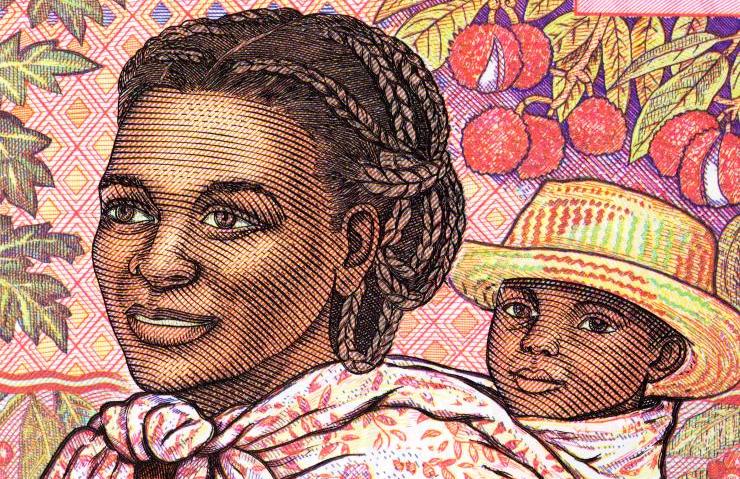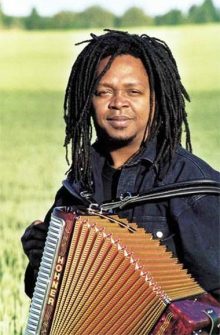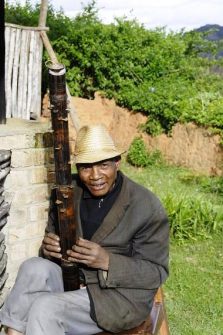Music. The soul of Madagascar.

Malagasy music is a rainbow of vivid colours, cheerful and full of rhythm. A mix of traditional folk and modern sounds, it is all there to be heard and experienced.
Madagascar is a land both complicated and wonderful. Inhabited since 2000 BC. by a people coming from Indonesia, it was discovered by the Portuguese in the 16th century; then came the Dutch, the English and the French who made it a protectorate and then a colony in the 19th century. Independence came in 1960, the very year in which, in one of the poorest neighbourhoods of the capital Antananarivo, a certain Paul Bert Rahasimanana was born, destined, with the stage name of Rossy, to become one of the most representative musical icons of his land.

Paul Bert Rahasimanana, more commonly known by his stage name Rossy, is a popular musician in Madagascar. CC BY-SA 3.0/ Sudplanète
Rossy began to receive notice in his early twenties with his music inspired by the songs and style of a band called Mahaleo, popular in the 1970s.Rossy developed his own style following the same recipe: mixing traditional folk with modern sounds by writing songs full of references to the social situation of the country: protest and value-based folk songs not far from those of Bob Dylan but full of references to third world problems.Malagasy music is a rainbow of vivid colours, it is cheerful and full of rhythm; accordions and guitars (including electric) and flutes abound, but also a typical instrument called valiha, a kind of zither made with large bamboo canes whose strings are made from bark threads of the same plant.

A valiha player. The valiha is a tube zither made from a species of local bamboo; it is considered the “national instrument” of Madagascar. CC BY-SA 3.0/ Rob Hooft
The first to establish themselves on the international scene were Les Surf, active between ’63 and ’71, especially in French-speaking countries; but if Les Surf imitated the pop and yeyè groups in vogue at the time, Rossy, like his inspirers, brought to the West the authenticity of a musical tradition still almost unknown outside his homeland.
Thanks, above all to the global rock star Peter Gabriel who at the beginning of the Nineties published his second album Island of Ghosts on his Real World label and the following one, with the emblematic title of One Eye on the Future, One Eye on the Past. With modern music – known as Salegy in Malagasy – which had its main exponent in Eugene Jaojoby, Rossy and his songs revealed the same overwhelming communicative force – almost impossible to listen to while standing still – but with an elegant and modern approach attributable to the best worldwide music and at the same time transcending mere entertainment to become a profound expression of the culture of its people. (Open Photo: Young Malagasy woman with a child.123rf)
Franz Corlasco



